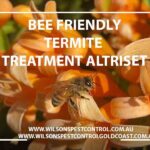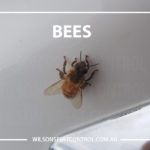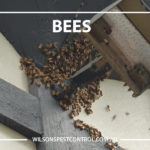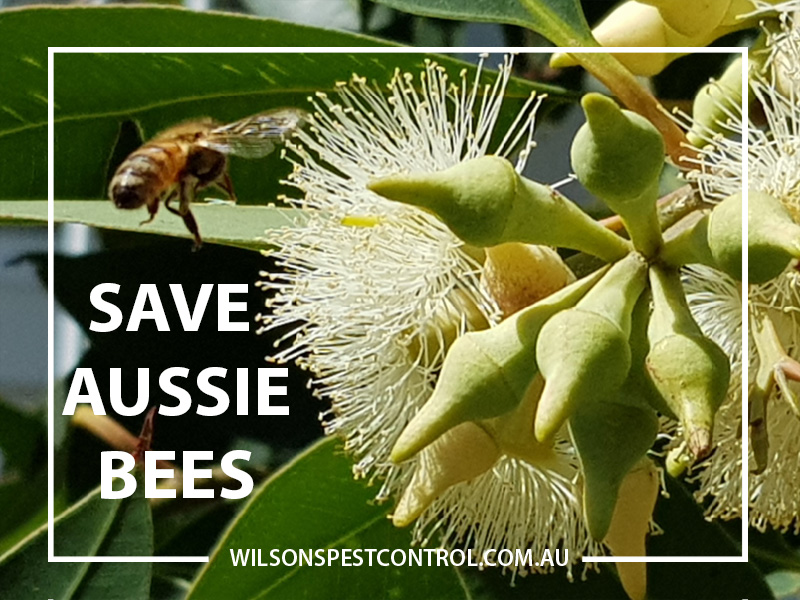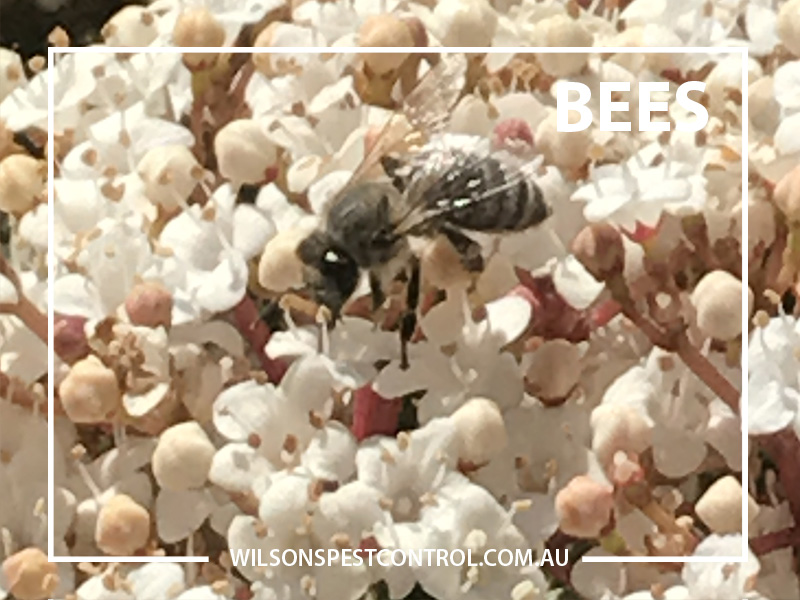

Bees are a tricky insect to deal with because while the appearance of a hive in or around your home may be a nuisance, bees are vital to the natural environment, especially to our food supply. How much do we enjoy a piece of fresh fruit, or honey on a piece of warm bread? Sadly, in recent years, it has been discovered that bee populations are dropping. Instead of destroying these hives, they need to be relocated to prevent further damage to the population. The first and best option is to call a bee keeper (apiarist) for the removal of the hive; it is kept alive and relocated to a suitable location.
The native black bee does not sting, and therefore is not considered a pest. These native black bees do not need to be treated. According to Aussie Bee, the stingless bees do not produce much honey, but it is a tangy, delicious honey. The stingless bees are also excellent pollinators. Aussie Bee states that some farmers will keep a hive of stingless bees to help pollinate their crops and greenhouses. Beehives are established in the spring time; the hive is started when the queen bee leaves the existing hive to start the cycle in a new location. Hollow trees are a natural place for bees to start hives, however, due to the lack of hollow trees in urban areas, the bees may make a hive in wall cavities. Beehives consist of dense, hexagonal shaped cells, which are used by the bees to store food and the new brood. In an attempt to repopulate areas where the bee population has been destroyed, artificial beehives are being used in honey production and to help pollinate crops.
Wilson Pest Control has been receiving calls about the treatment of bee swarms and hives and we will assist if the bees are posing danger to humans or children.
The ACT Beekeepers Association has reported that the number of swarms have decreased over several years and they are desperate to get as many swarms as possible into hives to keep up the population in the ACT. Please do not treat swarms. Contact the ACT Beekeepers Association.
If the hives are in the wall cavities, the hive needs to be removed by an Apiarist. If the hive is treated chemically and left in the wall cavity, it leaves the hive exposed to foulbrood disease and infestations of small hive beetles which could affect the healthier population of other hives within the area.
ACT Bee Association: http://www.actbeekeepers.asn.au/
If you need assistance feel free to contact us or contact your local beekeeper’s association and they will be able to assist you as well as Bee Keepers Association interstate: http://www.honeybee.com.au/beeinfo/assn.html.
Source: http://www.aussiebee.com.au/australian-stingless-bees.html
(n.d.). Retrieved October 29, 2017, from http://www.aussiebee.com.au/australian-stingless-bees.html
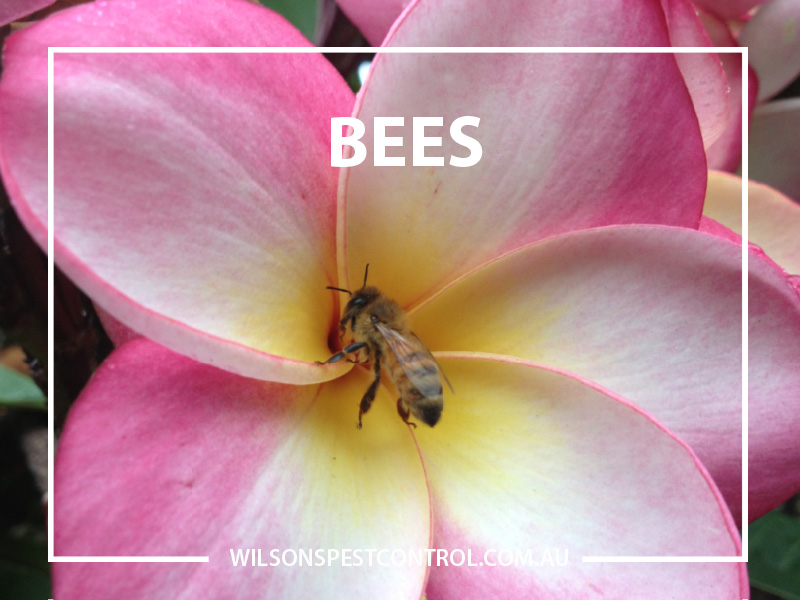

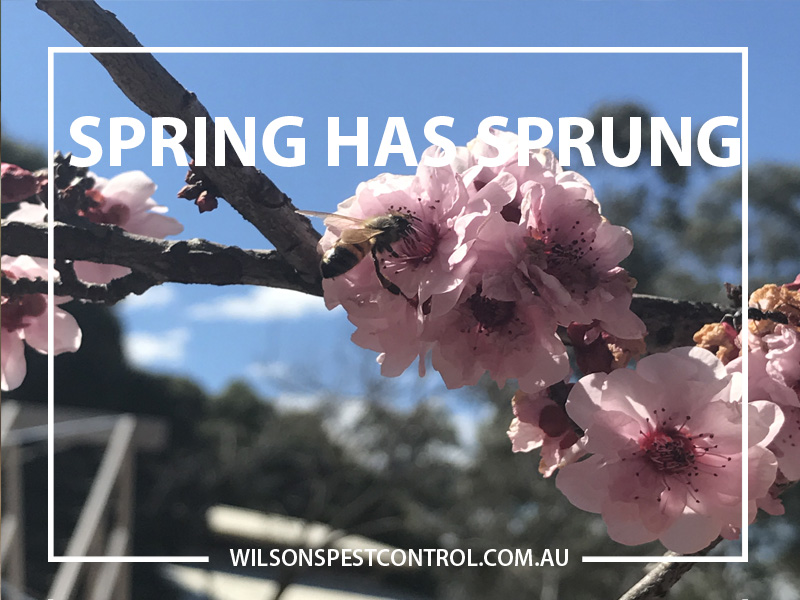

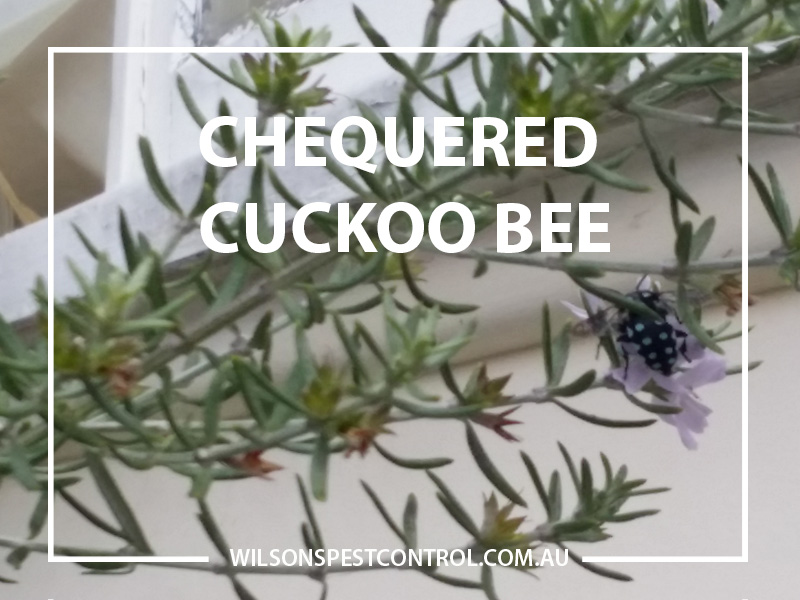

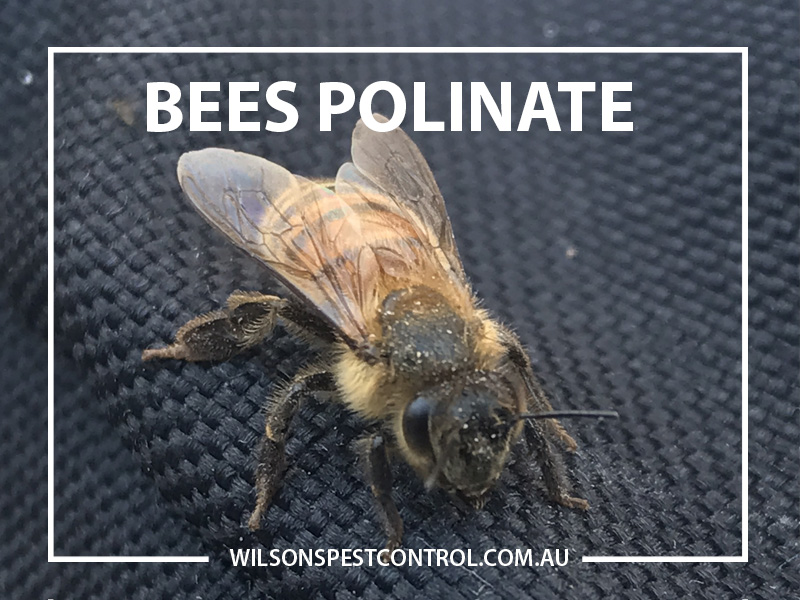


Bees

